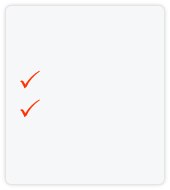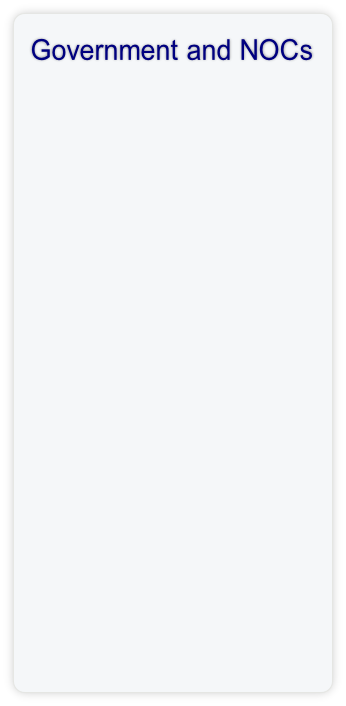
Globalshift.co.uk - copyright © 2009 to 2024; All rights reserved.
Data in this website may not be the most recent available Home | Terms of use
| Contact



WEST AFRICA
Woman and child
The Gambia (the Islamic Republic of The Gambia) is surrounded by Senegal with a short strip of western coastline on the Atlantic Ocean. The country’s borders were created to straddle the Gambia River.
In the 10th century Arab merchants established communities in several West African centres to trade in slaves, minerals and goods. The region adopted Islam and in the 14th century with Gambia part of the Mali Empire.
The Portuguese had taken control by the 16th century and in 1588 sold rights on the Gambia River to English merchants. By the 18th century, the British and French were competing for supremacy and in 1765 the British established Senegambia.
Ownership was formalised in the 1783 First Treaty of Versailles. A further agreement with France in 1889 created the present boundaries when it became a British Crown colony called British Gambia.
The Gambia gradually progressed towards self-government and was granted independence from the UK in 1965, becoming a republic in 1970.
After a failed coup in 1981 it signed a treaty of confederation with Senegal but withdrew in 1989. The Gambia's economy is now dominated by farming, fishing, and especially tourism.
Gambia is underlain by a central part of the Senegal Basin known as the Casamance-Bissau sub-basin. It is an Atlantic-type passive margin basin of Middle Jurassic to Recent age. No oil or gas has been found in the country, onshore or offshore but only 4 wells have so far been drilled.
A number of deep water blocks have been awarded since 2012 overlying the West African Transform Margin in which several discoveries have been made in Ghana and Sierra Leone to the south. One well drilled into this play in The Gambia, Jammah-1 in 1978, failed to find commercial hydrocarbons, although it was reported as having gas shows.
Recent drilling in Senegal to the north has located petroleum systems associated with Cretaceous basin floor fans and shelf edge to slope clastic deposits. Similar plays have been tested elsewhere along the West Africa margin and The Gambia could have matching geological potential.
However the first well drilled to test this play in the country, Samo-1, was a dry hole. Due to the high risks and lack of drilling so far, no oil or gas production is currently forecast by Globalshift for The Gambia.

GAMBIA
Map and National Flag
West Africa








Capital
Population
Land area (sq kms)
Oil prod (000s b/d)
Gas prod (bcm/yr)
Oil cons (000s b/d)
Gas cons (bcm/yr)



Banjul
1.7 mm
11,295
None
None
3.5
None
Gambia is a presidential republic, whereby the President of the Gambia is both head of state and head of government, and of a multi-party system.
The unicameral National Assembly has 48 elected members and the rest appointed. It is a one party dominant state. Opposition parties are allowed, but are considered to have no chance of gaining power.
The Ministry of Petroleum and Energy is responsible for exploration, development and production of oil and gas.
Click below for:


Excel files - histories and forecasts of production and wells for all countries and regions


